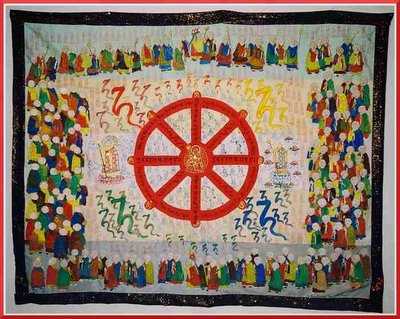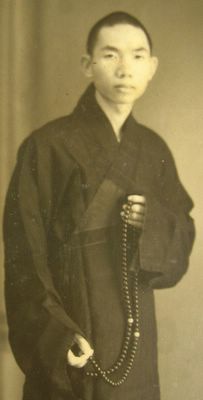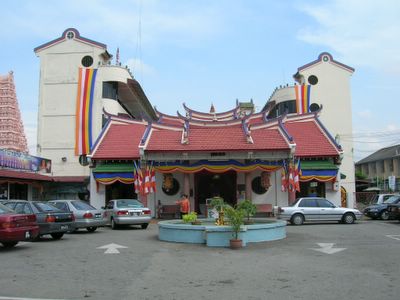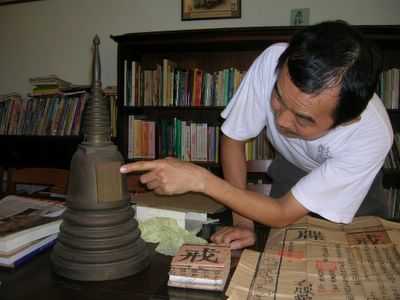The letter below is reproduced, in slightly edited form, with the authors permission.
Dear Rev. Mugo,
I thought I would write to let you know what I have discovered about Trinity College of Music at the time Rev. Master (Jiyu-Kennett) would have been in contact with it, in case it is of interest.
Trinity was started in 1872 by Bonavia Hunt who was deeply concerned by the quality of church music which was becoming poorer and poorer. Trinity was first known as the Church Choral Society and College of Church music. It was open to members of the Anglican Church, and men only! The college started with a view to teaching so that quality could be restored and the long tradition of church music continued. As it developed, the college trained teachers and offered exams throughout the world so that standards could be maintained. I’m not sure of the date, but women were also welcomed in to study before the war.
By 1939 the numbers at the college grew and the college ethos was one of welcome and the doors were opened on Sundays as well as all other days, “to keep the lamp of music burning during these dark days.” The choir was open to those who’s choral societies had had to disband for war reasons. Trinity hosted concerts throughout the war and two concerts in 1942 were given by the children of London county council and Middlesex who studied on Saturday mornings with Gladys Puttick, a pioneer who arrived at Trinity in 1934 and was one of the first to teach musicianship beyond the instrument. She was also the founder of the Saturday School and Trinity was the first music college to have a Saturday junior department. Distance Learning also started to help those unable to get into college to study, in fact Prisoners of War were able to do distance learning with help from the British Red Cross offices.
Gladys Puttick arrived in 1934 and stayed until the 1970s. Three other notable people were at Trinity from the 1930s – mid 1960s. Charles Kennedy Scott was keen on the study of Plainsong and the chanting of Psalms and gave regular lectures and led rehearsals. Dr Lowery was passionate about organs, organ music and is noted as giving superb lectures. The Principal of Trinity from 1944 -1965, Dr Wilfred Greehouse Allt was also an organist who was the President of the Incorporated Association of Organists from 1956-1958 and then of the Royal College of Organists from 1962-1964. Rev Master would almost certainly have come into contact with Gladys Puttick and Charles Kennedy Scott, whether based at Trinity or as a distant learner.
Gladys Puttick gave a lecture in the 1940s and it reveals an approach to learning that often goes unnoticed. She said that music was, “essentially a pivotal subject of education, since it could be the means of training, at once, the hand, the heart and the mind.”
It would appear that Rev Master was in good hands.
I hope that all is well with you in Canada.
In Gassho, Robert.
Robert is a practitioner within the Order of Buddhist Contemplatives, a member of Reading Priory, teaches the violin to children in London and is a loyal reader of this blogger. I see him between teaching engagements, nipping into an Internet Cafe on the Tottenham Court Road to read his email and glance at these pages. Robert studied at Trinity for five years, receiving his ‘post grad’ in 1997. Of teaching he says: “I enjoy the challenges teaching provides and am constantly amazed how much so many children make from some of the most appalling home situations. Teaching is such a gift.” Thanks Robert.




